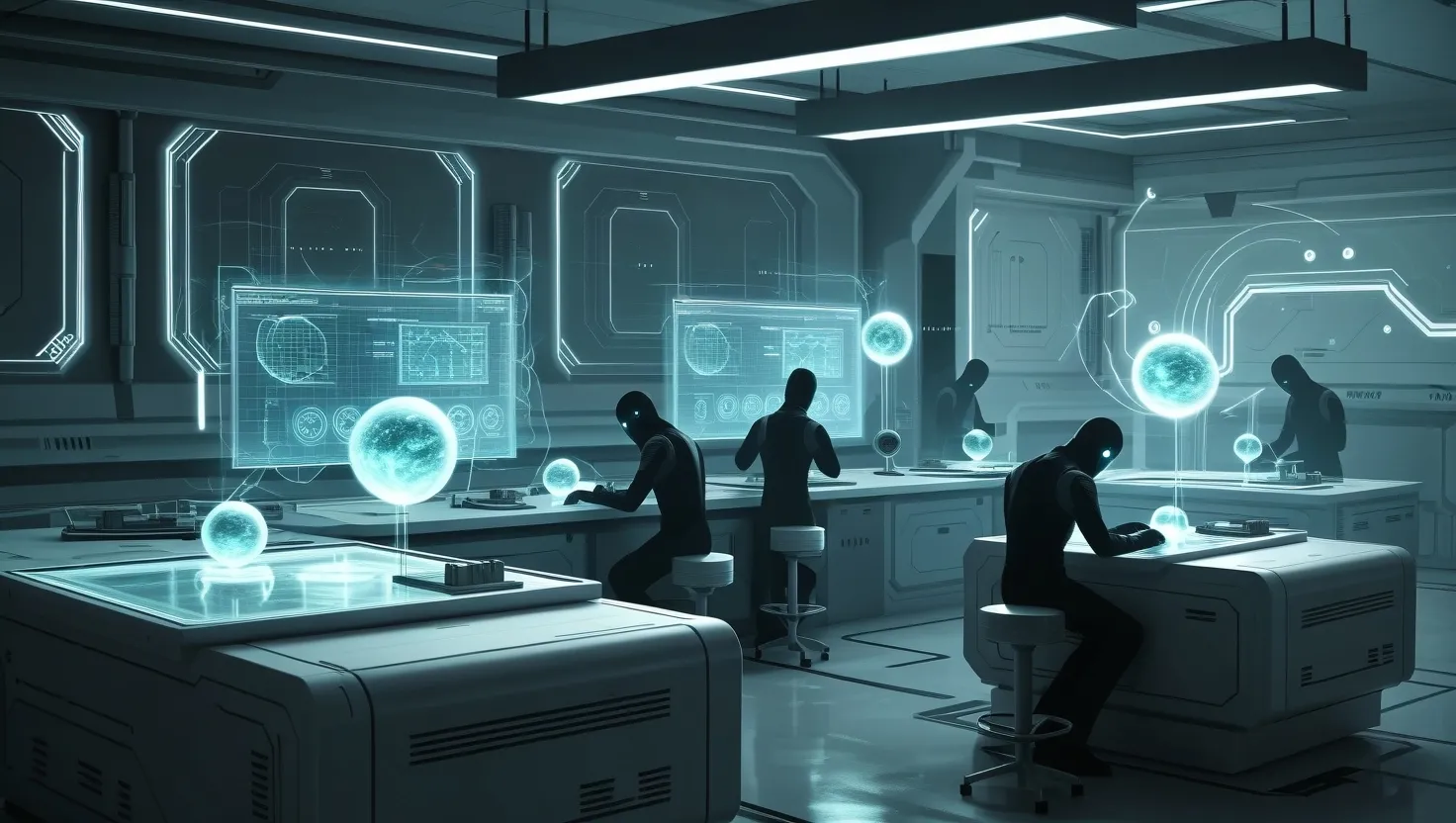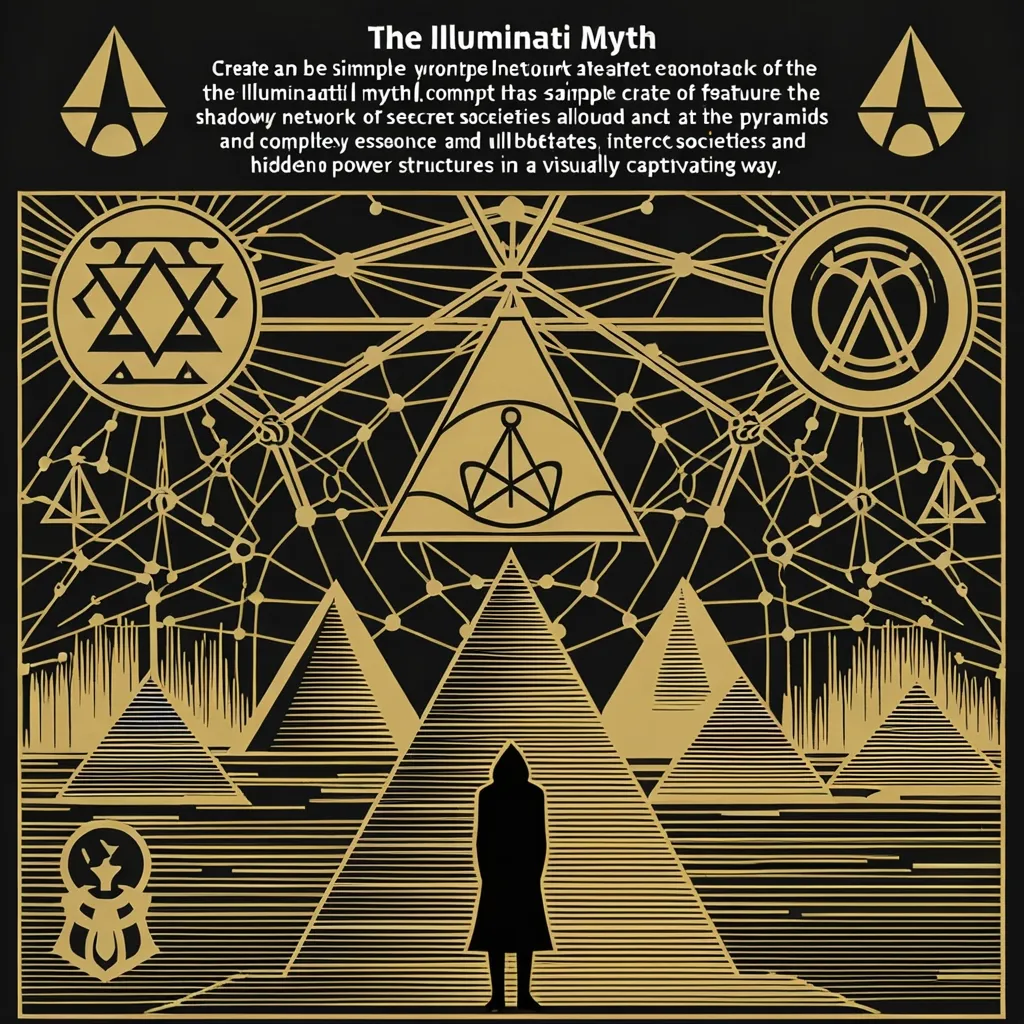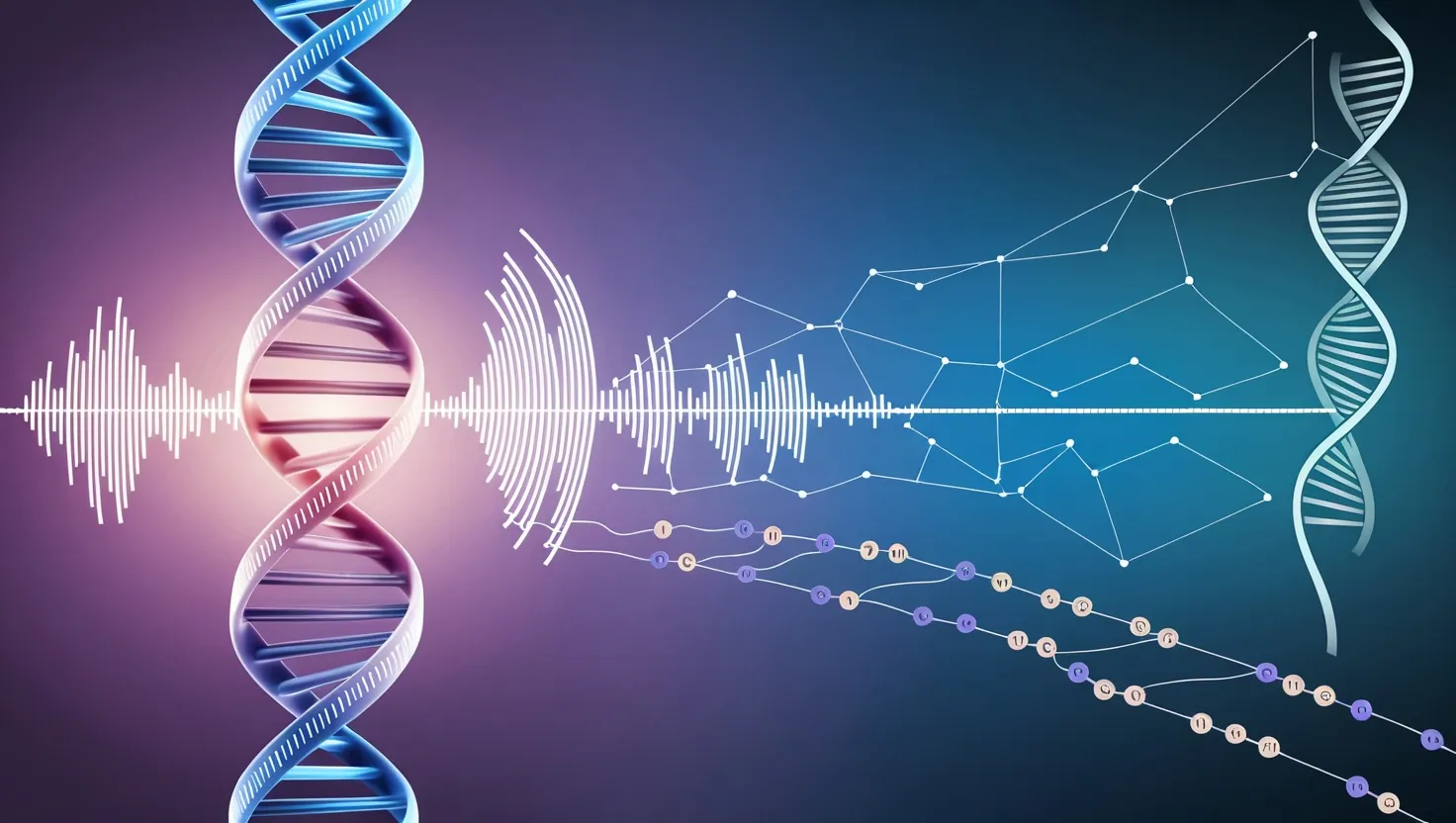The Svalbard Global Seed Vault, nestled deep within the Arctic permafrost, has long been hailed as humanity’s insurance policy against agricultural disaster. Yet, in 2017, this fortress of biodiversity became the epicenter of a scientific mystery that continues to perplex researchers and fuel speculation.
I remember the day the news broke. As a journalist covering environmental issues, I’d visited the vault before - marveling at its stark beauty and critical mission. But this was different. Whispers of “unusual growth patterns” and “genetic anomalies” spread through scientific circles like wildfire.
The official story was vague: certain seed samples in a restricted section had displayed accelerated germination rates and genetic modifications inconsistent with their documented profiles. But as I dug deeper, a far more intriguing narrative emerged.
“Nature finds a way,” Dr. Ian Malcolm famously quipped in Jurassic Park. But had nature truly orchestrated this genetic leap, or were we witnessing something more deliberate?
Seeds designed to withstand the harshest conditions on Earth - and perhaps beyond - were sprouting in the vault’s carefully controlled environment. Varieties that should have withered under extreme heat or toxic exposure thrived. Some even displayed resistance to radiation levels that would typically render them sterile.
What if these weren’t just happy accidents of evolution?
As I pored over leaked internal reports and spoke with anonymous sources, a picture of deliberate genetic manipulation began to take shape. Artificial sequences, too precise to be random mutations, had been woven into the very DNA of these seeds. Some researchers whispered of coded patterns - information storage at the molecular level.
But why? And who was behind it?
The vault’s stated mission is preservation, not experimentation. Yet government documents hinted at a classified initiative studying “genetic resilience enhancement.” Scientists involved in this shadowy project reported groundbreaking results before abruptly going silent in late 2018. Key personnel vanished into military research positions, while crucial data disappeared from public databases.
Have you ever wondered what secrets might lie beneath the surface of even our most trusted institutions?
Satellite imagery revealed expanded construction and heightened security measures around the vault, despite assurances of business as usual. Independent researchers detected unusual electromagnetic emissions from a previously unknown subterranean section. The implications were staggering.
“In a time of deceit, telling the truth is a revolutionary act,” George Orwell once wrote. As I pieced together this story, those words echoed in my mind. The truth behind the Svalbard incident challenges our assumptions about scientific neutrality and the true nature of global seed preservation efforts.
Climate change looms as an existential threat to agriculture worldwide. Could the genetic anomalies discovered in the vault represent a desperate attempt to engineer climate-resistant food sources? Or are we witnessing the early stages of something far more sinister - biological control mechanisms designed for purposes beyond mere crop preservation?
The questions multiply, each more unsettling than the last. How far are we willing to go in the name of ensuring humanity’s survival? At what point does scientific advancement cross ethical lines?
“Science without conscience is but the ruin of the soul,” cautioned François Rabelais centuries ago. As we stand on the precipice of unprecedented genetic capabilities, his words carry a renewed urgency.
The Svalbard Global Seed Vault incident forces us to confront uncomfortable truths about the intersection of science, ethics, and global security. It challenges our faith in international cooperation and scientific transparency. Most importantly, it compels us to ask: In our quest to safeguard the future, what lines are we willing to cross?
As climate instability threatens food security worldwide, the temptation to pursue genetic solutions grows stronger. But at what cost? The seeds within Svalbard’s frozen vaults may hold the key to humanity’s survival - or open a Pandora’s box of unintended consequences.
What would you be willing to sacrifice for the promise of a secure food future?
The story of Svalbard’s genetic mystery is far from over. As we unravel its complexities, we must remain vigilant. The choices we make today in the realm of genetic research and climate adaptation will shape the world our children inherit.
“With great power comes great responsibility,” a fictional hero once said. As we unlock the secrets of life itself, those words have never rung truer. The incident at Svalbard serves as both a warning and a challenge. It reminds us that in our race to secure humanity’s future, we must not lose sight of our humanity in the process.
The seeds stored within that Arctic vault represent more than just biodiversity - they embody hope, resilience, and the collective wisdom of generations of farmers and scientists. As we grapple with the implications of potential genetic manipulation within its walls, we must ask ourselves: What legacy do we wish to leave for future generations?
Are we creating a more resilient world, or engineering our own downfall?
The answers may lie buried deep within the permafrost, alongside billions of carefully preserved seeds. As we continue to investigate the Svalbard incident, one thing becomes clear: The line between preservation and experimentation has never been more blurred. In our quest to outsmart nature, we may have unleashed forces beyond our control.
Yet hope remains. The very existence of the Svalbard Global Seed Vault speaks to humanity’s capacity for foresight and cooperation. If we can harness that same spirit of collaboration and ethical responsibility in addressing the questions raised by this incident, we may yet find a path forward that balances scientific progress with moral integrity.
“The future belongs to those who believe in the beauty of their dreams,” Eleanor Roosevelt once said. As we confront the challenges posed by climate change and food insecurity, let us dream of a future where science and ethics walk hand in hand. A future where the seeds we sow today yield a harvest of hope, not fear.
The Svalbard incident may have shaken our faith in the neutrality of global seed preservation efforts. But it has also ignited a crucial conversation about the future of genetic research and its role in ensuring humanity’s survival. As we move forward, let us carry the weight of this responsibility with the gravity it deserves.
For in the end, the true test of our species will not be measured in the number of seeds we preserve, but in the wisdom with which we nurture them. The genetic experiments at Svalbard - whether climate safeguard or something more - remind us that our choices today will shape the world of tomorrow.
What world will we choose to create?






